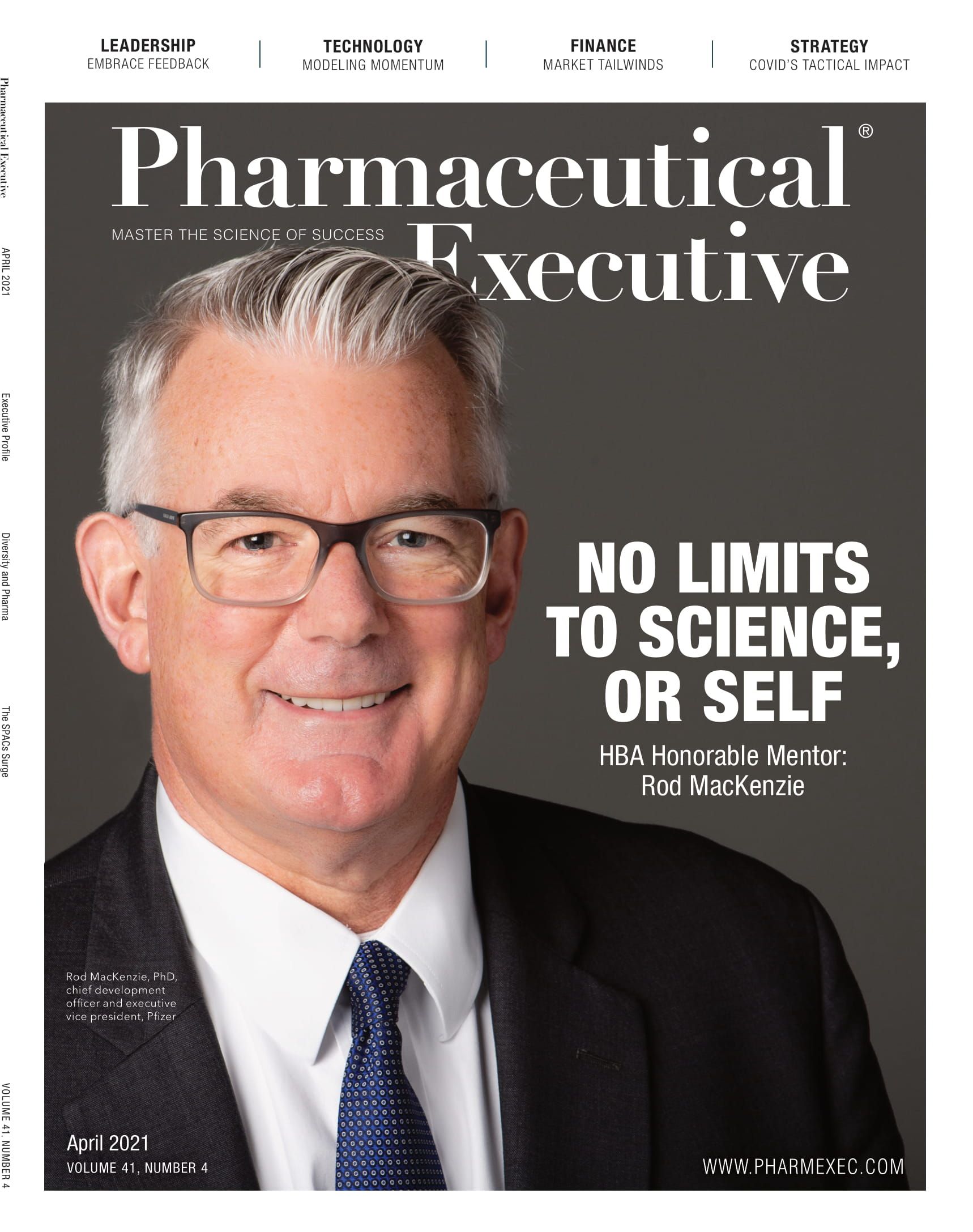- Sustainability
- DE&I
- Pandemic
- Finance
- Legal
- Technology
- Regulatory
- Global
- Pricing
- Strategy
- R&D/Clinical Trials
- Opinion
- Executive Roundtable
- Sales & Marketing
- Executive Profiles
- Leadership
- Market Access
- Patient Engagement
- Supply Chain
- Industry Trends
Biopharma has Wind at its Back—Are Storm Clouds on Horizon?
More capital gains and the potential strains for rest of 2021.

In the year of COVID-19, the biopharma industry saw a record $100 billion in new capital injected into the space, $52 billion of that in IPOs and follow-on offerings of unprecedented number, size, and valuations—double 2019 levels. May and June were the busiest of all time for equity-capital raises. Sixteen percent of the deals were IPOs, and prices soared 89%, driving the majority of specialist fund outperformance, dictating you had to be “in the game” or be left behind. Over 60% of these IPOs involved early-stage development; in other words, Phase 1 or earlier and follow-on offerings represented 49% of the deal flow, and the majority of them were opportunistic catalyst-driven deals.
The driving factors
Record M&A premiums provided more capital to reinvest while a renaissance of innovation propelled investors to enthusiastically support deal activity. As a result, many companies are well-funded through multiple value inflection points versus single catalyst events, leading to higher valuations and increased optionality. Clinical successes were well-received by investors and, in many cases, fueled unprecedented one-day stock price performances.
2020 also saw a record number of new drugs approved by FDA—59 in total; 24 of these were received by companies for whom these products will represent their first commercial launch, a sign of an industry that is successfully maturing. In fact, the number of biopharma companies with valuations between $1 billion and $20 billion has more than doubled over the past five years. Companies in the range of $1 billion to $5 billion are in the sweet spot for investors seeking to maximize alpha, and larger biopharma acquirers seeking to expand their pipelines.
Oncology continued to dominate the IPO Class of 2020, but there is growing interest among investors in inflammation and CNS. Platforms with broad applicability and long-term potential were considered especially attractive.
Industry balance sheets are flush with cash. The top 12 biopharma companies have $170 billion in dry powder, $76 billion in excess cash, and $94 billion in debt capacity, and rates remain low. Activity began to pick up in late 2020 and into early 2021 after a pause early last year due to COVID.
But what does 2021 have in store?
Continued innovation is expected, and transformative platforms are coming of age, such as gene and cell therapy and gene editing, to name a few. Companies are well-funded through multiple value inflection points, which increases optionality and tends to support higher valuations.
That said, there is marked evidence and optimism for an economic recovery, near-full employment by the end of the year, and GDP expected to reach 8+%. While rates may tick up, as may inflation, most believe only modestly. S&P 500 earnings are expected to increase by double digits in 2021. Investors are already rotating out of growth and into value, opting for cyclicals that will likely benefit most from a return to normalcy following vaccinations. The “return to travel” trade and outperformance in consumer discretionary, industrial, and financial sectors are expected to lead.
Could agency changes dampen outlook?
The US Federal Trade Commission’s (FTC) newly appointed Acting Chair Rebecca Kelly Slaughter formed a multinational working group to evaluate drug industry mergers. “Given the high volume of pharmaceutical mergers in recent years, amid skyrocketing drug prices and ongoing concerns about anticompetitive conduct in the industry, it is imperative that we rethink our approach toward pharmaceutical merger review,” said Slaughter. And just like that, the FTC filed an administrative complaint and authorized a federal court lawsuit to block Illumina’s $7.1 billion proposed acquisition of Grail, alleging it will diminish innovation. Will investors fear that the M&A tailwind in the sector will be derailed or at least stalled?
Predictably, the Biden administration’s hand-picked new head of the US Department of Health and Human Services (HHS), Xavier Becerra, a lawyer who led a prominent lawsuit against a hospital chain, ushers in a new set of proposals for multiple drug pricing reforms. How real is their threat?
And leadership changes at FDA, where Acting Commissioner Janet Woodcock is currently in the top spot, appear to be prompting increased scrutiny of the drug review process, with recent setbacks noticeably growing in number.
What’s your view? Write me at @linkedin.com/in/Barbara-ryan
Barbara Ryan is Founder, Barbara Ryan Advisors, and a member of Pharm Exec’s Editorial Advisory Board

